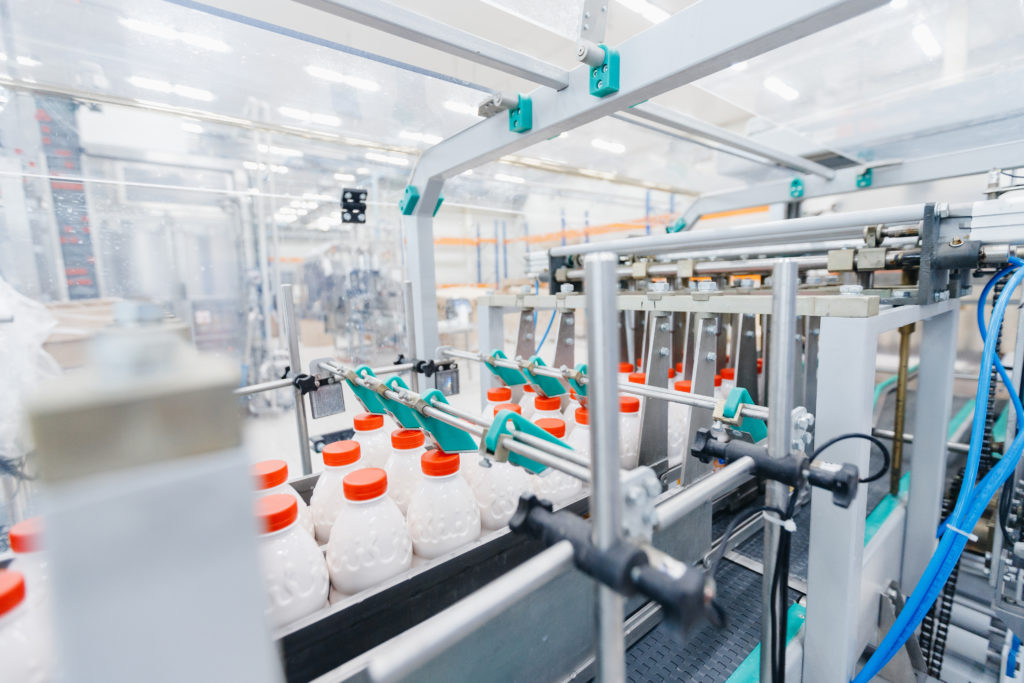What is OOE?
Overall operations effectiveness (OOE) is a metric used to measure the availability of manufacturing equipment along production lines. Unlike its counterpart, overall equipment effectiveness (OEE), which considers only planned production time, OOE includes all available time, making it a broader measure of equipment performance.
OOE provides insight into how effectively a manufacturing process utilizes its equipment by considering three primary factors. These are availability, performance, and quality:
Availability measures the percentage of time the equipment is operational and available for production, considering both planned and unplanned downtime.
Performance assesses whether the equipment is operating at its maximum speed when it is running. It takes into account slow cycles, minor stops, and other performance-related issues.
Quality evaluates the proportion of good units produced compared to the total units started. It highlights the impact of defects and rework on overall productivity.
By examining these elements, OOE helps identify areas of improvement, reduce downtime, and increase production efficiency. In turn, this metric helps businesses optimize their operations, improve maintenance practices, and achieve higher production standards.
How to Calculate Overall Operations Effectiveness
Calculating OOE first involves calculating availability, performance, and quality. Then, the three factors are multiplied to get the total OOE calculation:
OOE = Performance X Quality X Availability (Actual Operation Time/Machine Uptime)
A higher OOE score indicates better performance.
OOE vs. OEE
While both OOE and OEE are vital metrics for assessing equipment performance, they differ in scope and application.
Overall operations effectiveness (OOE) considers all available time, including both planned and unplanned downtime. It is used for overall assessment of equipment efficiency, taking into account all potential operational periods. It is particularly useful for strategic planning and long-term improvement initiatives.
Overall equipment effectiveness (OEE) focuses only on planned production time, excluding planned downtime such as scheduled maintenance and breaks. It offers a more focused assessment of production effectiveness during operational periods. This calculation is used for more immediate, day-to-day operational analysis, focusing on optimizing production during planned working hours. It helps in identifying and addressing short-term inefficiencies.
In essence, while OEE provides a snapshot of efficiency during production hours, OOE offers a holistic view of equipment effectiveness, considering the entire time frame of equipment availability.
How to Increase OOE
Improving overall operations effectiveness involves targeted strategies that enhance availability, performance, and quality. Here are some actionable steps to boost your OOE:
- Enhance preventive maintenance: Regularly scheduled maintenance helps prevent unexpected equipment failures and reduces unplanned downtime.
- Improve operational practices: Train operators to use equipment correctly and efficiently. Standardizing operating procedures can help minimize performance variability.
- Invest in quality control: Implement rigorous quality control measures to reduce defects and rework. This may involve using statistical process control (SPC) to monitor and control production processes.
- Utilize real-time monitoring: Install sensors and monitoring systems to track equipment performance and detect issues early. Real-time data can inform decision-making and help teams respond quickly to problems.
- Optimize production planning: Balance production schedules to maximize equipment utilization and minimize idle time. Using lean manufacturing principles to streamline production processes can assist with optimization.
- Implement continuous improvement programs: Foster a culture of continuous improvement by encouraging feedback and suggestions from employees. Regularly review and analyze OOE data to identify trends and areas for improvement.
By focusing on these areas, organizations can systematically improve their OOE, leading to enhanced efficiency, reduced costs, and higher overall productivity.
Improving on OOE with a CMMS
A computerized maintenance management system (CMMS) is a software solution for tracking and improving OOE. It provides comprehensive features that streamline maintenance operations and enhance reporting capabilities.
Here are several key features that can help your team improve OOE:
- Centralized data management: A CMMS centralizes maintenance data, including work orders, equipment history, and performance metrics. This centralized repository makes it easier to track and analyze OOE over time.
- Automated scheduling and alerts: A CMMS automates the scheduling of preventive maintenance tasks based on predefined criteria or real-time data. Automated alerts notify maintenance teams of upcoming tasks, reducing the risk of missed maintenance.
- Real-time monitoring and reporting: Advanced CMMS systems offer real-time monitoring of equipment performance through IoT sensors and integration with other systems. Real-time data provides immediate insights into OOE and helps in making timely decisions.
- Comprehensive reporting: The software generates detailed reports on various aspects of equipment performance, including availability, performance, and quality. These reports can be customized to meet specific needs, providing actionable insights for improving OOE.
- Predictive maintenance capabilities: A CMMS with predictive maintenance features can analyze historical and real-time data to forecast potential equipment failures. This proactive approach helps in scheduling maintenance before issues arise, improving OOE.
- Integration with other systems: A CMMS is designed to integrate with ERP, MES, and other enterprise systems, providing a holistic view of production and maintenance activities. This integration enhances decision-making and strategic planning.
Using a CMMS for reporting on OOE allows organizations to leverage technology to optimize maintenance practices, improve equipment efficiency, and achieve better overall performance. By providing real-time insights and comprehensive analytics, a CMMS helps maintain high standards of equipment effectiveness.
Want to learn more about what a CMMS can do for your organization? Speak to a specialist or try a free demo of eMaint CMMS today.

